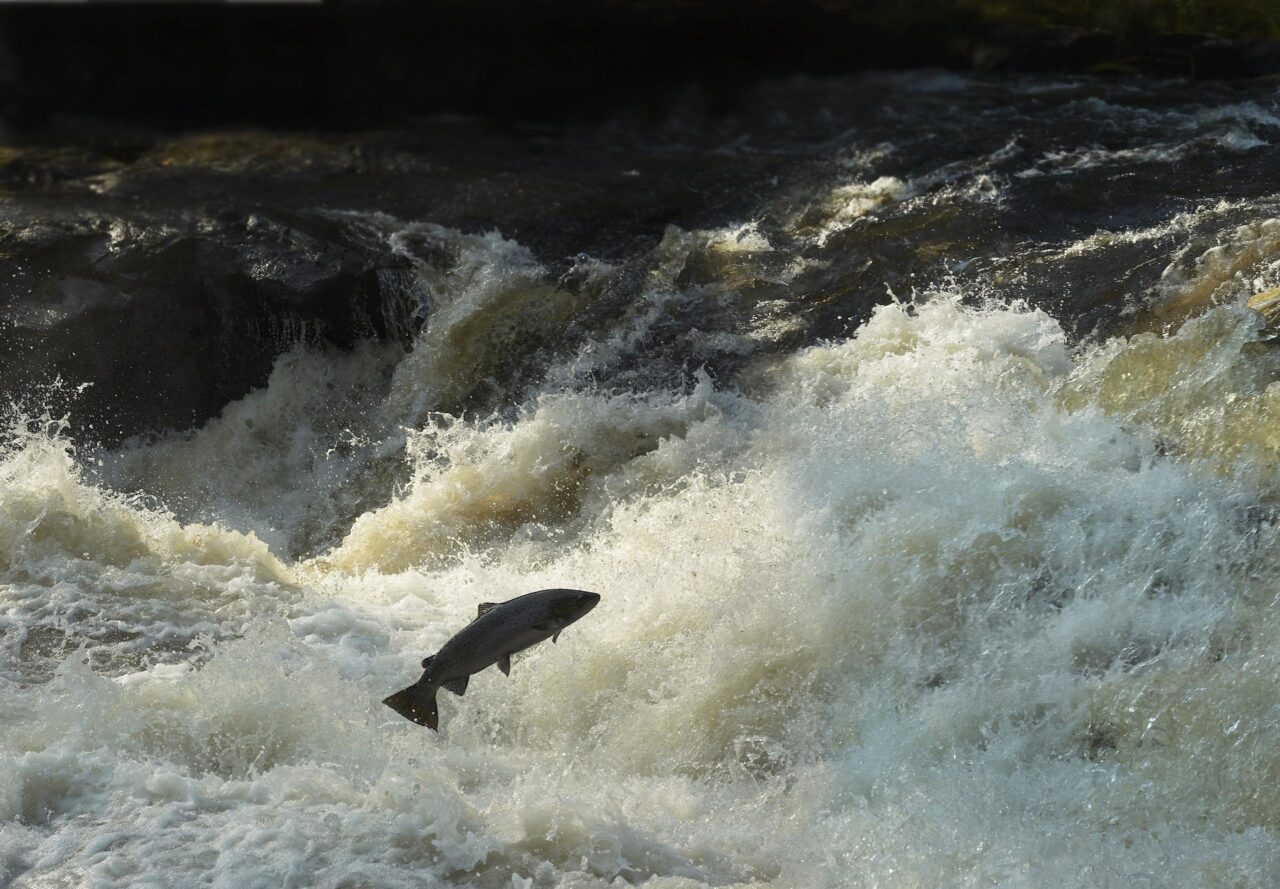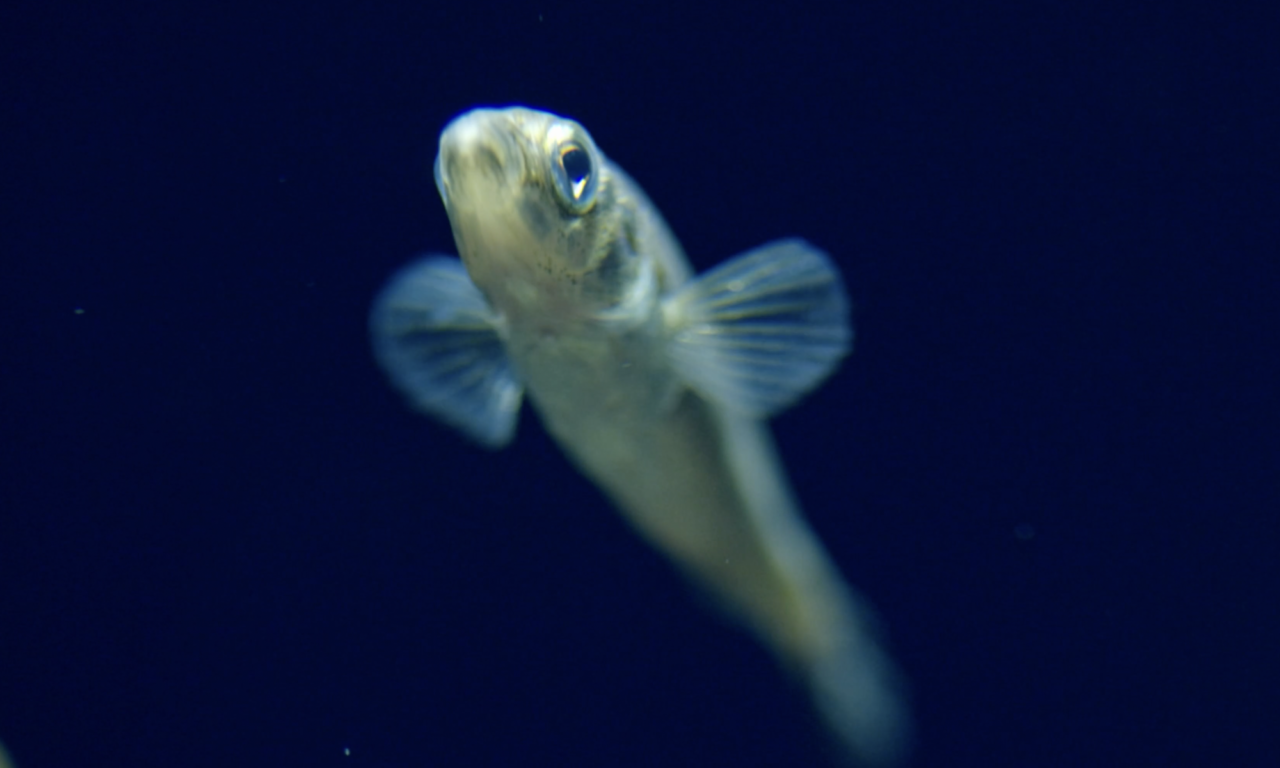Several large animals in the Baltic Sea have become emaciated
Leaner cods, guillemot, and seals. Sluggish and red-spotted salmon. Several of the Baltic Sea’s large animals are being pressured by ill health and new environmental toxins, according to a new report.
But for several species it is going quite well – and for one the development is a pure success story.

Despite the fact that they live in one of the world’s most polluted seas – overcast, oxygen-poor and exposed to environmental toxins – several of the larger species in the Baltic Sea are doing reasonably well.
This is shown in the new report from the Baltic Sea Center at Stockholm University, which compiled the latest research and data from environmental monitoring concerning nine of the Baltic Sea’s large mammals, fish and seabirds.
Both gray seals and ringed seals now have stable populations after it previously looked bleak.
The same with the guillemot, which nest on cliffs and are known for their young’s death-defying jumps along the cliffs when they leave their parental home. On Stora Karlsö, the species’ strongest stronghold in the Baltic Sea, the population has tripled since the 1980s.

Algae bloom that disturbs?
At the same time, everything looks far from bright. A clear trend, according to the report, is that many of the species in the Baltic Sea have become increasingly lean – including the gray seal, the guillemot, the cod and the herring.
Why, scientists don’t know for sure. In the case of cod and herring, there are suspicions of a lack of food, but Henrik Svedäng, researcher in marine ecology at Stockholm University, does not think that is the cause.
– I don’t think we have a good explanation today, he says.
But a likely hypothesis, according to Svedäng, is that the algal bloom has a hand in the game. An increased amount of blue-green algae can upset the food chain and make the food less nutritious for cod and herring.
Sluggish salmon
The fact that stocks of both fish species are at critically low levels is largely due to overfishing, according to the report. But even the fact that they have become slimmer worries the researchers.
– For the cod, it makes it more fragile and sicker, and it doesn’t live as long, says Henrik Svedäng.

For the guillemot, it may be that increased competition for the main food, sprats, causes the young to become thinner.
Things are going better for the wild salmon, in such a way that the stocks have increased in general. At the same time, in recent years the salmon have developed several new health problems such as red rashes, bleeding and fungal infections. Many are also lethargic. But the reasons are unclear.
Other growing threats to several species highlighted in the report are the increasingly warm water, as well as new types of environmental toxins.
Poison from car tires
While the levels of classic environmental toxins such as DDT and PCBs, which came close to killing the seals in the 70s and 80s, are on the decline, several other chemicals are increasing.
An example is a substance that is widely used in car tires and is very toxic to living things, according to Andriy Rebryk, researcher in chemistry at Umeå University. Another is flame retardants called declorans, which have been found, among other things, in sea eagles and porpoise eggs.
Another concern is the many new chemicals that are used in industry and where the environmental effects are still unclear. Andriy Rebryk’s research shows that there are a number of substances that are potentially hazardous to health and the environment that have accumulated in, for example, porpoises and sea eagles.
– The problem is that once they start to spread in nature, they are very difficult to get rid of, says Andriy Rebryk.

Despite the threat from new toxins, the development of the sea eagle can be described as a success story: In the 70s, there were around 70 pairs along the coasts – most of them sterile due to environmental toxins. Now plenty of white-tailed sea eagles soar over Swedish waters, 1,200 pairs nested last year, most of them in the marine environment.
That the trend reversed, and survival increased was largely due to volunteers feeding the eagles non-toxic food.






